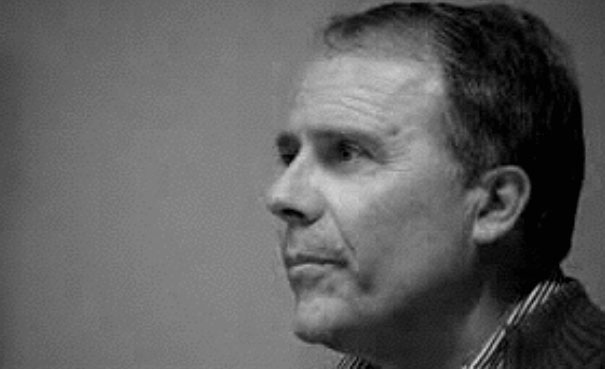The Dentosophy takes its name from the Latin dens, meaning tooth, and from the Greek sophia, meaning wisdom. It is a therapy that, in the definition of its creator Michel Montand, is “characterized by a humanistic approach to the art of dentistry, based on known functional techniques, which highlights the connection between the balance of the mouth, the balance of the human being, and more broadly, that of the entire world.”
![]()
Dentosophy is an interdisciplinary approach to oral issues that leads to a path of overall improvement through the physical rebalancing of the mouth.
The mouth plays a central role in the balance and health of the entire organism, which is precisely how it differs from conventional dental therapies: every therapeutic act is performed with recognition of the links that exist between the oral cavity and the patient in their entirety of body and mind. When I refer to the mind, I mean our psychoaffective balance, which in some way is reflected in the oral cavity through the position, diseases, or traumas that the teeth undergo.
The Dentosophy divides the mouth into a right half, corresponding to the masculine, to materiality, and a left half, corresponding to the feminine, to spirituality. Each tooth is assigned an archetypal content. The upper right incisor is the male archetype, the left one is the female, the right lateral incisor is the father archetype, and the left one is the mother. The upper right canine expresses strength and courage, while the left one represents love and attachment to one’s people… and so on for all the teeth.
The wisdom of the teeth, therefore, indicates how they can be seen as a mirror of our inner self, and their position in the mouth is the result of a series of events that have occurred in our lives across the various constitutive planes of the human being: physical, functional, psychic, affective, and emotional. This holistic approach allows us to use the mouth and malocclusions as an entry point into the organism. Improving these functions: swallowing, breathing, and chewing, triggers changes in the mouth and the alignment of the teeth. This process of change and rehabilitation of functions is fundamental in children during their growth phase, as the resulting harmonization becomes evident in subsequent craniofacial growth. The therapy that was applied was based on the use of rubber activators (which can no longer be used today due to recognized cytotoxicity) and the principles and techniques of neuro-occlusal rehabilitation (RNO) of Professor Pedro Planas. Today, Dentosophy, with the use of new biocompatible equilibrators, achieves excellent results, restoring balance even in the most disharmonious mouths.
The Dentosophy takes its name from the Latin dens, meaning tooth, and from the Greek sophia, meaning wisdom. It is a therapy that, in the definition of its creator Michel Montand, is “characterized by a humanistic approach to the art of dentistry, based on known functional techniques, which highlights the connection between the balance of the mouth, the balance of the human being, and more broadly, that of the entire world.”
![]()
Dentosophy is an interdisciplinary approach to oral issues that leads to a path of overall improvement through the physical rebalancing of the mouth.
The mouth plays a central role in the balance and health of the entire organism, which is precisely how it differs from conventional dental therapies: every therapeutic act is performed with recognition of the links that exist between the oral cavity and the patient in their entirety of body and mind. When I refer to the mind, I mean our psychoaffective balance, which in some way is reflected in the oral cavity through the position, diseases, or traumas that the teeth undergo.
The Dentosophy divides the mouth into a right half, corresponding to the masculine, to materiality, and a left half, corresponding to the feminine, to spirituality. Each tooth is assigned an archetypal content. The upper right incisor is the male archetype, the left one is the female, the right lateral incisor is the father archetype, and the left one is the mother. The upper right canine expresses strength and courage, while the left one represents love and attachment to one’s people… and so on for all the teeth.
The wisdom of the teeth, therefore, indicates how they can be seen as a mirror of our inner self, and their position in the mouth is the result of a series of events that have occurred in our lives across the various constitutive planes of the human being: physical, functional, psychic, affective, and emotional. This holistic approach allows us to use the mouth and malocclusions as an entry point into the organism. Improving these functions: swallowing, breathing, and chewing, triggers changes in the mouth and the alignment of the teeth. This process of change and rehabilitation of functions is fundamental in children during their growth phase, as the resulting harmonization becomes evident in subsequent craniofacial growth. The therapy that was applied was based on the use of rubber activators (which can no longer be used today due to recognized cytotoxicity) and the principles and techniques of neuro-occlusal rehabilitation (RNO) of Professor Pedro Planas. Today, Dentosophy, with the use of new biocompatible equilibrators, achieves excellent results, restoring balance even in the most disharmonious mouths.
